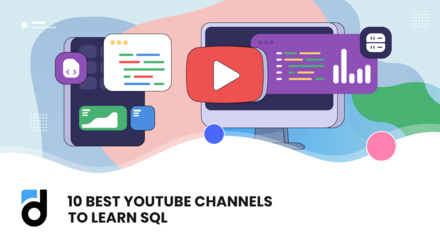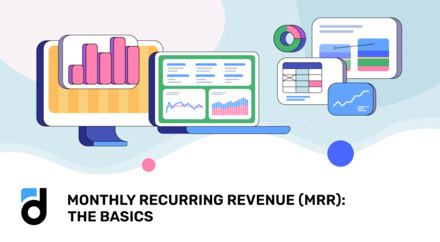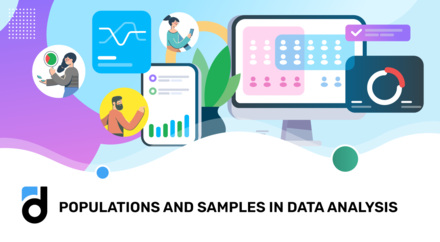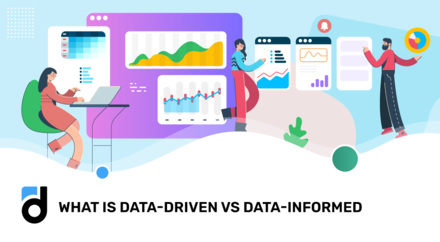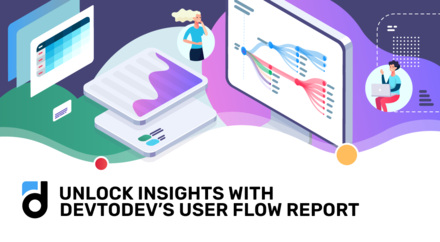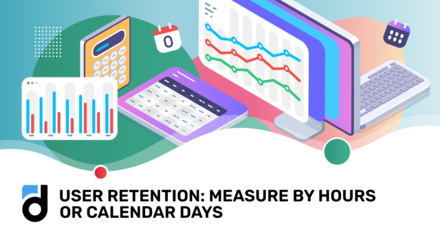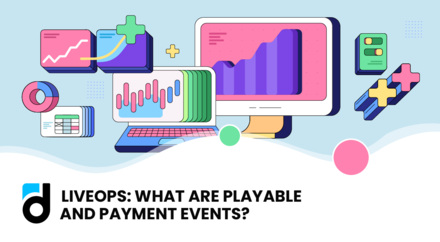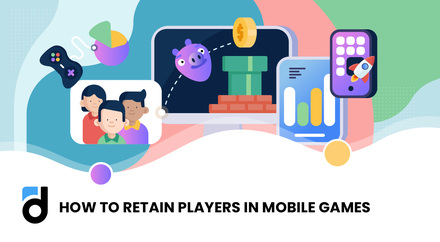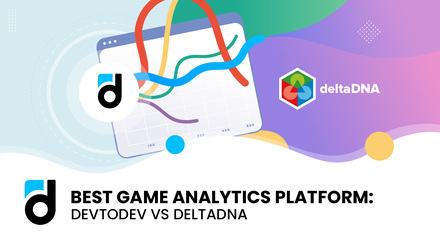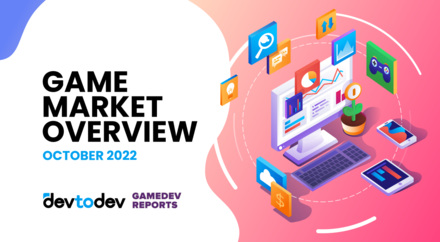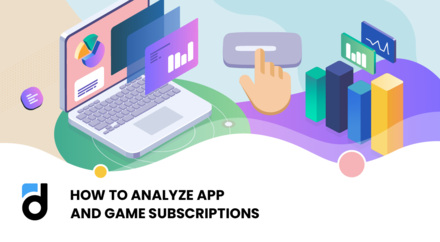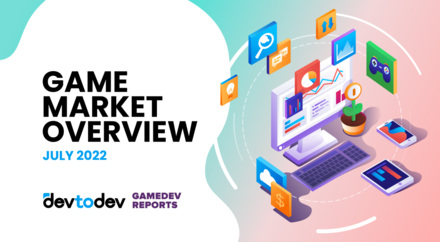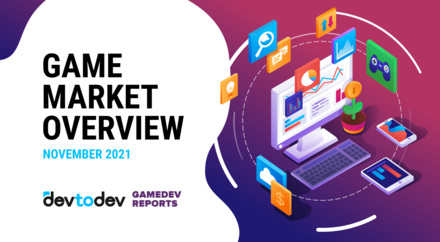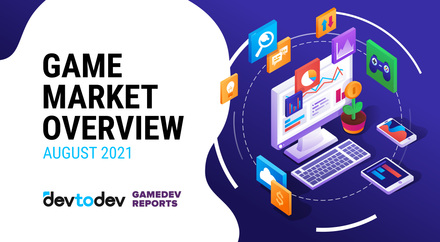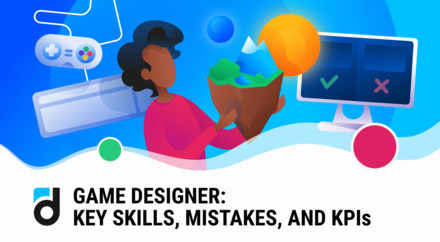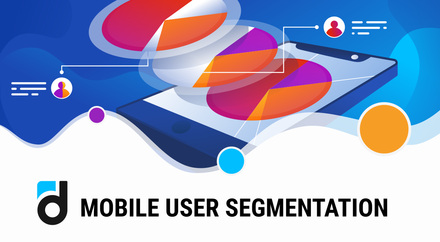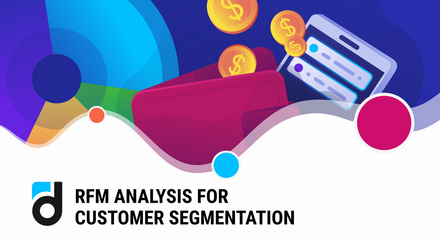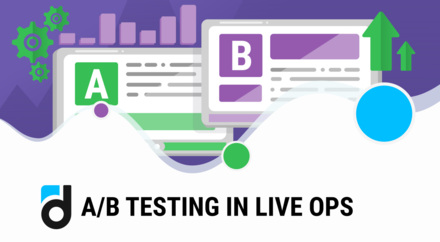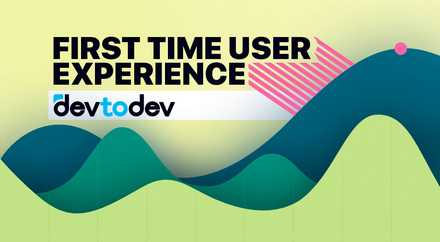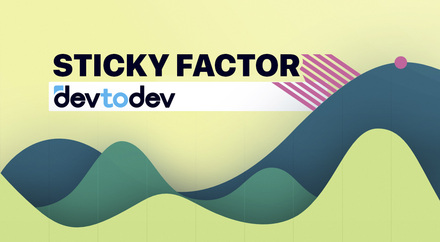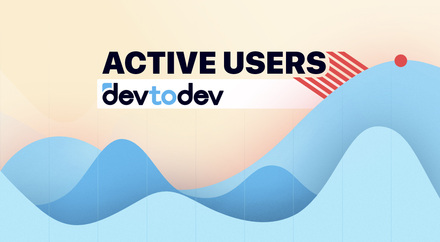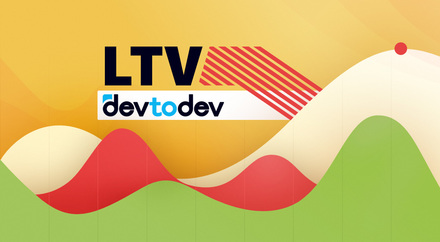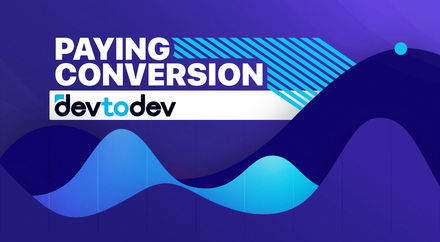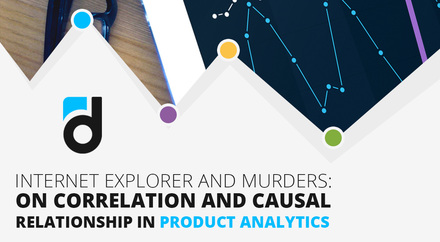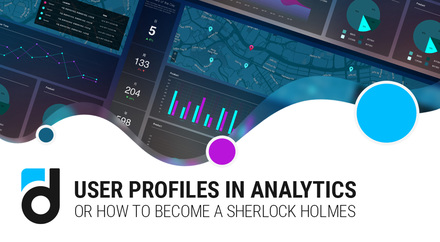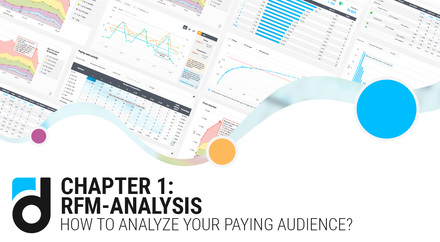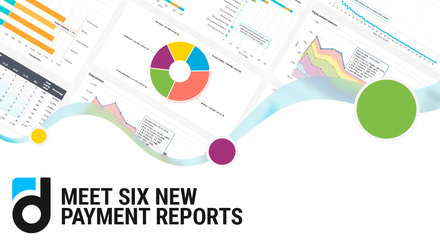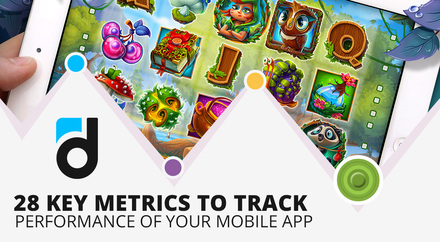Analytical systems for applications, and even more so, for games is an interesting and thriving market. After talking with clients and colleagues from the industry, we would like to present to you the trends in the development of analytical systems, as we see them in devtodev.
Trend #1. Predictive Analytics
Predictive analytics is quite a broad concept, and we put into it the following meanings:
- Prediction of metric values. Analytical systems know a lot about the basic analytical parameters and connections between them. Showing a metric value (say, ARPU) on a graph, the analytical system must be able to predict, how the rate may change in the near future, at least in the short term. These tips will help customers to look at the situation and plan further action.
- Prediction of users behavior. The analytical system is not only metrics and their values. It is also different methods of analysis: user segments, events and funnels, advanced reports and so on. Again, analytical system, if it is properly integrated, knows a lot about users behavior, about what affects their retention and monetization and what influences their leaving. Hence good analytics should signal the client that the user will soon leave the application.
Trend #2. Communication with the user
A logical step in the development of analytical systems is the combination of advanced analytical functional with the service for sending push-notifications. Ideal scheme looks like this:
- select the user segment, monitor its indicators;
- if the indicator values do not suit us or start to swamp, send notifications to those users and raise the values of the indicators;
- re-measure.
For example, analytical system predicted (see Trend #1) that the user hit the pattern "will soon leave" did not come for a long time/reduced the regularity of logins/got stuck on the level. The application developer immediately forms push-notifications and sends them to the users at the risk group. Though it is not necessary to send a message in the style of "Come back, I beg you", you may offer a bonus for the next purchase or doubled daily gift.

Trend #3. Cross-platform analytics
Here, analytical systems are simply catching up with the gaming industry, which has cross-platform already called one of the main trends of the next year.
More and more games are coming out at once on multiple platforms. For us, there is nothing strange in the fact that in projects like Minecraft or WarThunder there are situations when console player meets PC player and the user, who is playing with a mobile device. These games require a special approach to the analysis because it is important to notice the deviation in each of the platforms and bring them into balance. In addition, cross-platform analytics helps draw conclusions about the effectiveness of each platform: how much the acquisition costs, ROI for each platform, and so on.
Trend #4. Comparison with the market (benchmarking)
ARPU = $ 0,15 is good or bad? What percentage of games of this genre have the values of indicators higher, than my project does?
The analytical system should be able to answer such questions. Usually, hundreds of thousands of games from around the world are integrated with the analytical services, and to compare a project with the average indicators of its genre is not difficult. This information is very useful for the developer: he may find the bottlenecks in the project and fix them on time. Thus, we believe that in 2016 there will be a trend for the functional benchmarking in analytics.

This screen is an example of a report on benchmarking, that we are making according to a customer.
Trend #5. Simplicity & Training
Here come more and more Indie developers, interesting and successful games from small studios (consisting of one to ten developers) appear more often. We have to understand that these guys do not have time to integrate analytics and understand the difference between a 1-day retention and 1-day rolling retention for a long time.
Analytical systems should be as simple as possible to integrate and clear in use. The time between receiving the data and the adoption of solutions based on it should be minimized. This is why in analytics development we see explicit requests for the simplicity of the interface, for the development of the system of signals and recommendations ("Hey, your retention is falling down! The last update of the tutorial significantly worsened its performance!").
Training is also the future year trend. Becoming more simple and closer to the user, the analytical service should give him new knowledge, tell about suitable methods and help to make the right decision. For example, for this purpose, we at devtodev hold webinars and created our own Education Center.
Trend #6. it is the conclusion. Analytics with a human face
The trends listed above change the very concept of the analytical system. We believe that the analytical systems will become not only incomprehensible collection of tables and graphs but a friend and an adviser to those who create the games. After all, analytics exists to make the developer's life easier and help him to make decisions on the project development.
The extent of all this possible right now is an open question. But we believe that the improvement in communication between the analytical system and its users, the live interaction of analysts with the developers on the level of advice and recommendations will sure become a reality and a natural stage in the development of analytics.




























